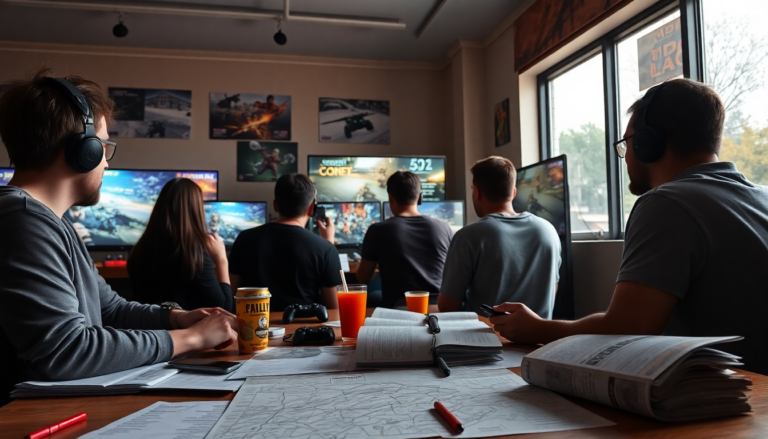Argomenti trattati
In the gaming world, player feedback isn’t just important; it’s essential for leveling up the overall experience. Recently, a vibrant discussion sparked among players about mission structures and strategies in a popular game. This conversation not only highlighted the challenges players face but also showcased the innovative tactics they employ to tackle these missions head-on.
Mission Efficiency and Challenges
Take Aren Sul, a dedicated player who voiced concerns over the efficiency of daily missions, especially those involving freeing captured characters. He pointed out, “The weakest daily is freeing captured people from the devices mainly because I find a number that lack guards to attack, so I can’t ‘start’ them.” Sound familiar? Many players share his frustration as they strive to optimize their gameplay while navigating obstacles.
Yet, it’s not all doom and gloom. Aren noted some positive changes, particularly in how mission givers are organized. “There is an improvement with the physical grouping of the mission givers (less spread out),” he explained. However, he also lamented a significant feature that seems to have vanished from previous gameplay: the ability to return to base after completing missions to report progress. “I’ve forgotten to turn in Kilowog’s mission a couple of times because I bolted to do Arkillo when getting the message it started,” he added. This highlights a pressing need for clearer mission tracking to enhance the player experience.
The Importance of Immersion
Another voice in this dialogue is Illumin411, who emphasized the delicate balance between efficiency and immersion. “Though I very much appreciate the efficiency of teleporters and things being grouped together, I do kind of also appreciate being forced to traverse across the various areas/worlds/etc. It feels more immersive, to me anyway,” he shared. This perspective resonates with many players who see exploration as a vital part of gameplay. After all, while efficiency is crucial, shouldn’t the journey be just as engaging?
Illumin411 didn’t stop there; he also offered strategic advice for tackling particularly tough missions: “If you have good ST burn, do the ones furthest SW that have three adds guarding it.” This tip reflects the collaborative spirit of gaming, where players share insights to help each other succeed. Who wouldn’t appreciate a little teamwork?
Community Collaboration and Strategies
Reinheld, another active contributor to the conversation, shared a creative approach to collecting in-game items: “I pick and chuck them up towards the score point, and most times someone will put them in the circle…we both get 10…and both get done faster.” This method not only showcases individual ingenuity but also highlights the camaraderie among players, proving that teamwork can lead to quicker mission completions.
On the flip side, TI99Kitty expressed uncertainty about item collection strategies, admitting, “I wasn’t sure about that, so I don’t usually pick them up.” This candid remark underscores the need for clear communication within the game, especially as players navigate unfamiliar mechanics. Could clearer guidelines enhance player confidence?
Conclusion: The Ongoing Dialogue
The ongoing dialogue among players about missions reflects the dynamic nature of gaming communities. By sharing their experiences, challenges, and strategies, players contribute to a richer understanding of the game’s mechanics. This collaborative exchange not only enhances individual gameplay but also fosters a sense of community, ensuring that as the game evolves, so too do the strategies and experiences shared within this vibrant ecosystem. Isn’t it fascinating how collaboration can transform the gaming experience?

